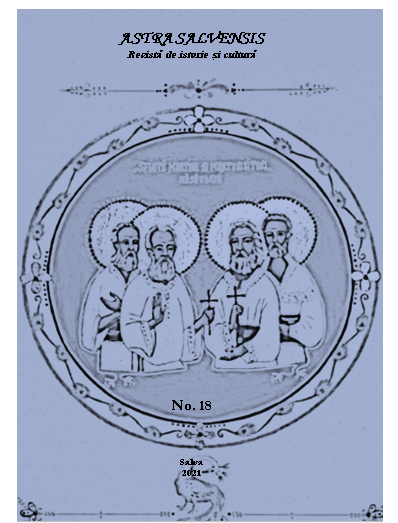Biserică şi Naţiune la Românii Ardeleni în a Doua Jumătate a Sec. XIX şi la Începutul Secolului XX
Church and Nation in the Transylvanian Romanians in the Second Half of the 18th and Early 20th Centuries
Author(s): Angelo Aurelian ManeaSubject(s): History, Social history, Recent History (1900 till today), Interwar Period (1920 - 1939)
Published by: Asociaţiunea Transilvană pentru Literatura Română şi Cultura Poporului Român - ASTRA
Keywords: Church; nation; patriotic feeling; political life; Romanians;
Summary/Abstract: The issue of national identity in Transylvania is commonly overwhelmed irrespective of the historical period traversed in treating different historical, religious, political documents or artistic-literary works. The political life in the 19th century in Transylvania was often intersected by the church's vision, all the more so since the church was a cohesion factor, as well as the affirmation of the Romanian nation, as Romanians did not have other institutions around to which the ethnic group is solidarity. Therefore, the establishment of the Romanian autonomous metropolitans in Transylvania marked the victory in expressing the identity of the nation and country of the Romanians of the lives of this historical region. The movement of emancipation of Transylvanian Romanians, the development of national consciousness will materialize in the events that marked the large union in 1918.
Journal: Astra Salvensis - revista de istorie si cultura
- Issue Year: IX/2021
- Issue No: 18
- Page Range: 125-141
- Page Count: 18
- Language: Romanian

